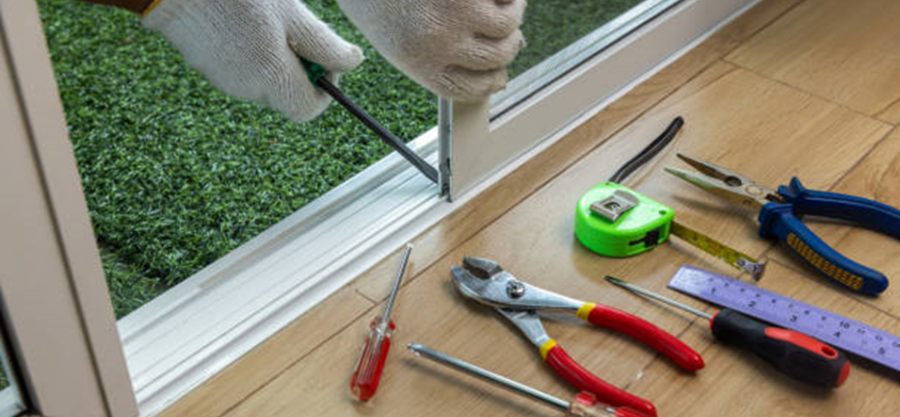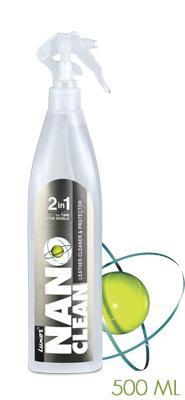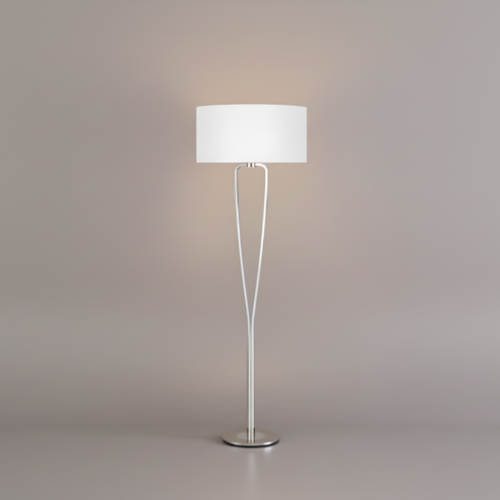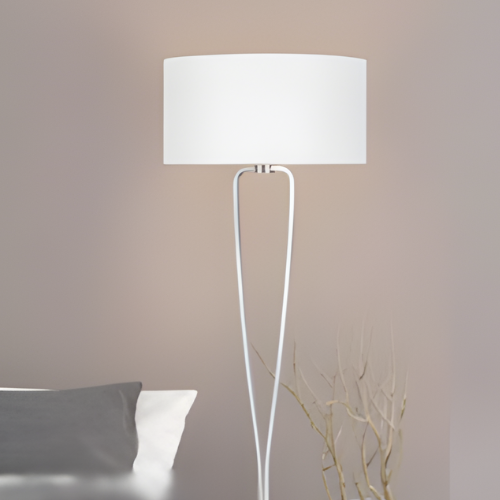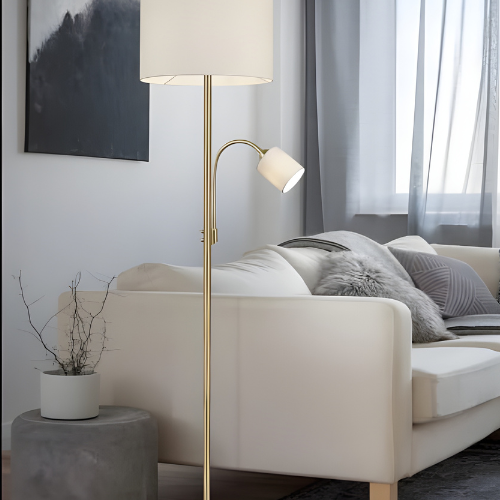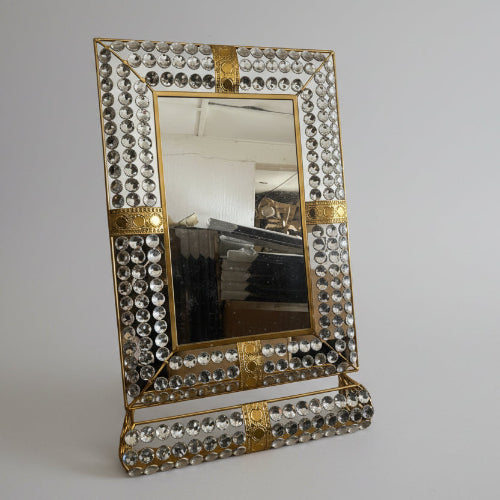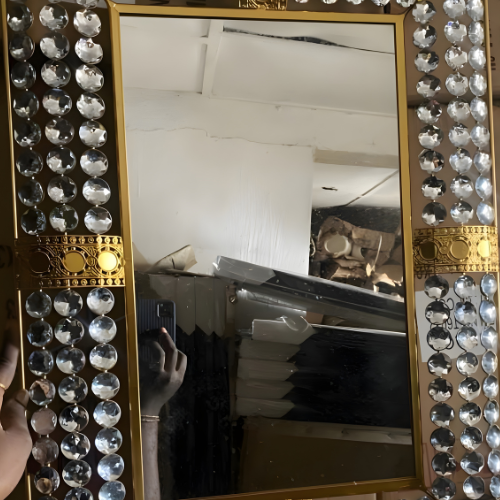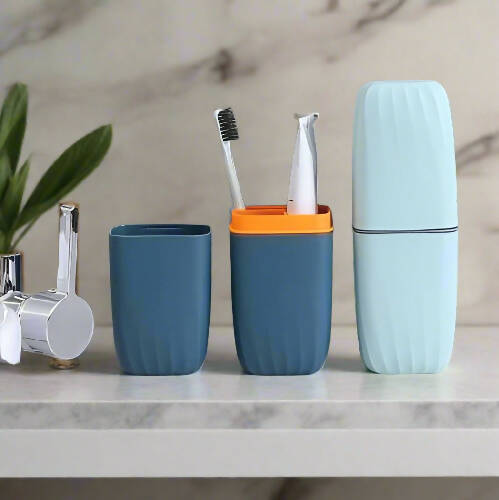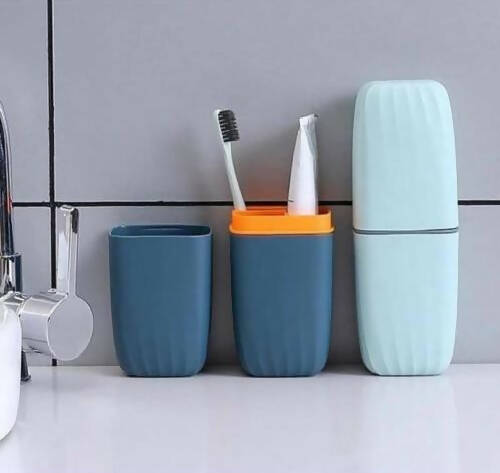Sliding glass doors are a fantastic feature to have in your home. They allow natural light to flood your space, offer unobstructed views of your yard or patio, and create an open, airy atmosphere. However, like any frequently used feature, sliding glass doors can encounter issues over time, from doors that stick or make annoying noises to broken glass panels that require immediate attention. The good news is that you don’t always need to call a professional or spend a fortune to fix your sliding glass door. There are plenty of affordable sliding glass door repair solutions that you can easily do yourself to restore your door’s functionality.
In this article, we will explore some of the most common issues with sliding glass doors and provide easy, cost-effective solutions to get them working smoothly again.
1. Clean the Sliding Door Tracks
Problem: A sliding glass door that sticks or struggles to move is often the result of debris or dirt in the tracks. Over time, dust, leaves, pet hair, and other debris can accumulate in the track, causing friction and making the door harder to slide open or closed.
Solution: Cleaning the tracks is one of the easiest and most effective fixes. Here’s how to do it:
- Step 1: Start by vacuuming the track to remove visible debris. A handheld vacuum or a crevice tool attachment can help get into tight spots.
- Step 2: Use a damp cloth to wipe down the tracks and remove any remaining dust.
- Step 3: For a deeper clean, mix warm water with mild soap and use a small brush, such as an old toothbrush, to scrub away any stubborn grime or dirt that’s built up in the track.
- Step 4: Once you've cleaned the track thoroughly, dry it completely to prevent water damage.
- Step 5: Test the door to see if it slides more smoothly. This simple cleaning step can save you from the expense of a sliding door repair professional.
2. Lubricate the Tracks and Rollers
Problem: Even after cleaning, a sliding door may still be hard to open or close if the rollers or tracks lack proper lubrication. The rollers at the bottom of the door are essential for smooth operation, and if they are dry or dirty, they can create resistance and make it difficult to move the door.
Solution: To lubricate the rollers and tracks, follow these steps:
- Step 1: Use a silicone-based lubricant or a product like WD-40. Avoid oil-based lubricants, as these can attract dirt and cause more problems in the future.
- Step 2: Apply the lubricant to the rollers and along the track. Be careful not to overapply, as too much lubricant can attract dirt.
- Step 3: Open and close the door several times to help distribute the lubricant evenly across the rollers and track.
- Step 4: Wipe away any excess lubricant to keep the area clean and prevent dust accumulation.
- Step 5: Test the door again to see if the sliding action has improved.
This is a quick and cost-effective way to improve the function of your sliding door without hiring a professional.
3. Adjust the Door Rollers
Problem: If your sliding glass door is still sticking or difficult to operate even after cleaning and lubricating the tracks, the problem could lie with the rollers themselves. The rollers may be uneven, worn out, or misaligned, causing the door to tilt or slide unevenly.
Solution: You can adjust the door’s rollers by following these steps:
- Step 1: Look at the bottom of the door to find the screws near the rollers. These screws control the height of the door and can be used to adjust the rollers.
- Step 2: Using a screwdriver, turn the screws to raise or lower the door. Turning the screws clockwise will raise the door, while turning them counterclockwise will lower it.
- Step 3: Adjust both sides of the door equally to ensure the door is level and can slide smoothly.
- Step 4: Once you’ve adjusted the rollers, test the door to ensure it opens and closes properly.
If the rollers are severely damaged or cannot be adjusted, they may need to be replaced (see the next section for more details).
4. Replace Worn-Out Rollers
Problem: If your sliding glass door’s rollers are old, broken, or defective, no amount of cleaning or lubrication will help. Worn-out rollers can cause the door to become off-track or difficult to move.
Solution: If you suspect the rollers are the issue, you can replace them fairly easily:
- Step 1: Lift the sliding door off its track. You may need help if the door is heavy or difficult to remove.
- Step 2: Examine the rollers closely. If they are cracked, chipped, or visibly worn down, they will need to be replaced.
- Step 3: Take the old rollers to a hardware store to find an exact replacement or purchase them online. Sliding door rollers are relatively inexpensive and can be found at most home improvement stores.
- Step 4: Once you have the new rollers, install them in place of the old ones.
- Step 5: Rehang the door, making sure it fits snugly into the track.
- Step 6: Test the door to make sure it slides smoothly and evenly.
Replacing worn-out rollers is an affordable repair, and it’s something that most homeowners can do without professional help.
5. Fix a Bent or Damaged Track
Problem: A bent or damaged track can prevent your sliding door from moving correctly. This can be caused by impact, wear and tear, or even poor installation.
Solution: If the track is only slightly bent, you may be able to fix it yourself:
- Step 1: Use a rubber mallet to gently tap the bent sections of the track back into place. Take care not to cause further damage to the track.
- Step 2: If the track is more severely bent or damaged, you may need to replace it entirely. Tracks are available at hardware stores or online.
- Step 3: Remove the old track by unscrewing it and installing the new one in place. Make sure the track is securely fastened before testing the door.
- Step 4: Test the sliding door to ensure it moves smoothly along the new track.
This is another repair that you can handle yourself, and it’s much cheaper than calling a repairman.
6. Seal Gaps and Cracks
Problem: Over time, gaps and cracks can develop around your sliding glass door, letting in drafts, moisture, or insects. These gaps can also cause energy efficiency problems, as heat or cold air escapes through the cracks.
Solution: Sealing gaps and cracks around the door is an easy fix:
- Step 1: Inspect the door’s frame and weather stripping for any visible gaps or cracks.
- Step 2: Use weather stripping or caulk to seal these gaps. Weather stripping can be applied around the edges of the door to improve insulation, while caulk can fill in any small cracks or holes in the frame.
- Step 3: Allow the caulk or weather stripping to dry before using the door again.
Sealing these gaps will help your home stay more energy-efficient and comfortable.
7. Fix a Broken Glass Panel
Problem: If the glass in your sliding door is cracked or shattered, it’s important to replace it as soon as possible for safety reasons. Broken glass can pose a significant hazard and can also allow the elements (rain, wind, etc.) into your home.
Solution: If the damage is minor, you can temporarily seal the crack with clear tape or a glass repair kit. However, for larger cracks or completely shattered glass, you’ll need to replace the glass panel:
- Step 1: Measure the size of the broken glass and order a replacement panel from a hardware store or online.
- Step 2: Remove the broken glass by taking out any screws or fasteners that hold the glass in place.
- Step 3: Install the new glass panel, securing it tightly in the frame.
- Step 4: If you're unsure how to safely replace the glass, you may want to hire a professional for this job.
Replacing a broken glass panel is a more involved repair, but it is necessary to ensure safety and restore the function of your sliding glass door.
Conclusion
Sliding glass doors are beautiful additions to any home, but like all appliances, they can experience problems over time. Fortunately, many common issues with sliding glass doors can be fixed with simple, affordable solutions that you can do yourself. Whether it’s cleaning and lubricating the tracks, adjusting or replacing rollers, fixing a damaged track, or sealing gaps and cracks, there are plenty of DIY repairs that can save you money and help extend the life of your sliding door.
If the problem is too complex or dangerous (such as a broken glass panel), it may be worth calling a professional. But for most sliding door issues, these quick and easy repairs can restore your door to full functionality without the hefty price tag of professional repairs.
Author: Mollie Thomson




